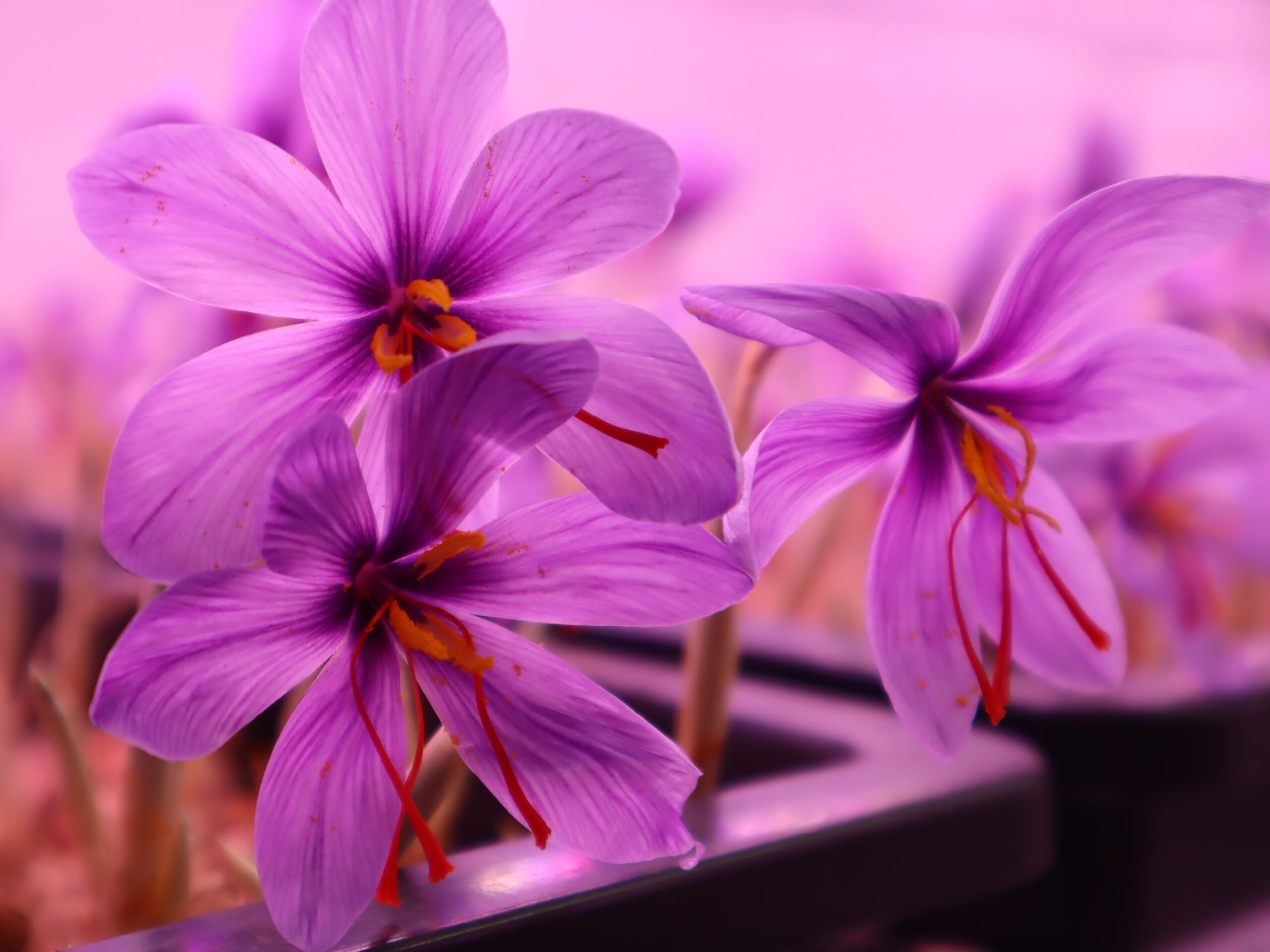
From Soil to Solution: Exploring the Benefits of Saffron Hydroponic Farming
Introduction:
Saffron, often referred to as “red gold,” is one of the most valuable spices in the world, prized for its unique flavor, aroma, and vibrant color. Traditionally, saffron has been cultivated in soil-based farming systems, but recent innovations in agriculture have introduced hydroponic methods as a promising alternative. In this blog, we’ll delve into the world of saffron hydroponic farming, exploring its benefits and how it is revolutionizing the way saffron is grown.
Understanding Saffron Hydroponic Farming:
Hydroponic farming involves growing plants without soil, using nutrient-rich water solutions to deliver essential minerals directly to the plant roots. In the case of saffron, hydroponic systems offer several advantages over traditional soil-based cultivation methods.
- Optimal Nutrient Delivery: In hydroponic systems, growers can precisely control the nutrient composition and pH levels of the nutrient solution, ensuring that saffron plants receive the ideal balance of essential nutrients for healthy growth. This targeted nutrient delivery promotes robust plant development and enhances saffron yield and quality.
- Water Efficiency: Hydroponic saffron farming requires significantly less water compared to traditional soil-based methods. By recycling and recirculating nutrient solutions, hydroponic systems minimize water waste, making them a sustainable choice for saffron cultivation, particularly in regions where water resources are scarce.
- Space Utilization: Hydroponic systems can be designed to maximize space utilization, allowing saffron growers to cultivate the spice in controlled environments such as greenhouses or vertical farming setups. This flexibility is especially beneficial for urban agriculture and areas with limited arable land, enabling year-round saffron production in diverse geographic locations.
- Pest and Disease Management: Soil-borne pests and diseases pose significant challenges to traditional saffron cultivation. In hydroponic systems, the absence of soil eliminates many common pests and pathogens, reducing the need for chemical pesticides and mitigating the risk of crop damage. This promotes a healthier growing environment and reduces the environmental impact of saffron production.
- Climate Control: Hydroponic saffron farming allows growers to optimize growing conditions by controlling factors such as temperature, humidity, and light intensity. This level of climate control enables year-round cultivation and ensures consistent saffron quality and yield, independent of external weather conditions.
The Future of Saffron Hydroponic Farming:
As awareness of the benefits of hydroponic farming continues to grow, so does interest in its application to high-value crops like saffron. While traditional soil-based cultivation methods remain prevalent, the adoption of hydroponic systems is steadily increasing among saffron growers worldwide.
Looking ahead, ongoing research and technological advancements will further refine hydroponic techniques, making them more accessible and cost-effective for saffron cultivation. Additionally, collaborations between agricultural experts, scientists, and farmers will facilitate knowledge exchange and drive innovation in saffron hydroponic farming practices.
Conclusion:
Saffron hydroponic farming represents a sustainable, efficient, and innovative approach to cultivating this prized spice. By harnessing the power of hydroponic systems, growers can overcome many of the challenges associated with traditional saffron cultivation while maximizing yield, quality, and profitability. As the demand for saffron continues to rise, hydroponic farming offers a promising solution to meet global needs while preserving the rich heritage and cultural significance of this cherished spice.


